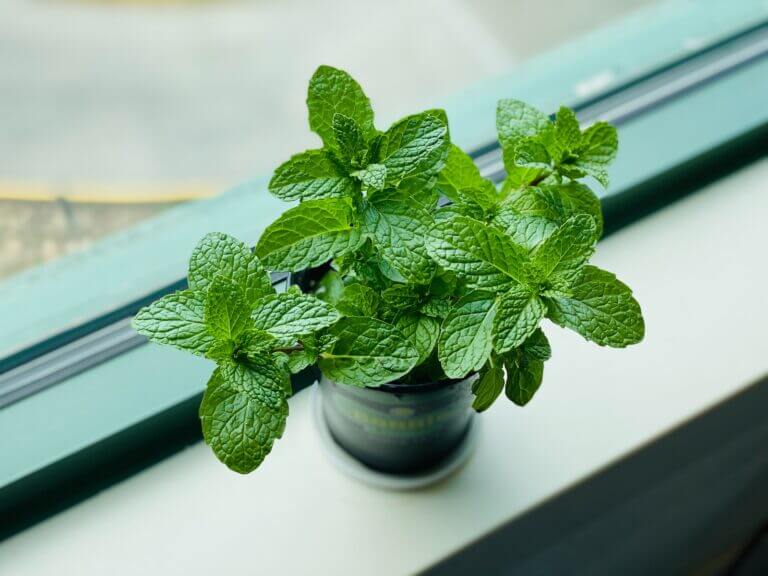Explore natural bee and wasp repellents such as citronella, peppermint, and eucalyptus oils. Discover homemade solutions and commercial options for effective pest control.
Natural Bee and Wasp Repellents
Citronella Oil
Citronella oil is a popular natural repellent that can effectively keep bees and wasps at bay. Derived from the Cymbopogon plant, this essential oil is known for its strong citrus-like scent. Bees and wasps are naturally repelled by this fragrance, making it an excellent choice for those who want to enjoy outdoor activities without the constant buzzing and stinging.
To use citronella oil as a bee and wasp repellent, you can create a simple homemade spray. Combine a few drops of citronella oil with water in a spray bottle and shake well. Then, apply the mixture to your skin, clothing, and any areas where bees and wasps tend to gather. The strong scent of citronella will deter them from coming near you.
Not only is citronella oil effective in repelling bees and wasps, but it also has a pleasant aroma that many people find refreshing. This makes it a great choice for outdoor gatherings or picnics, where you want to keep these buzzing insects away without resorting to harsh chemicals.
Peppermint Oil
Peppermint oil is another natural repellent that can effectively deter bees and wasps. Its strong minty scent is highly disliked by these insects, making it an excellent choice for those who prefer a natural alternative to chemical-based repellents.
To use peppermint oil as a bee and wasp repellent, you can create a homemade spray. Dilute a few drops of peppermint oil with water in a spray bottle and shake well. Then, spray the mixture around your outdoor area, focusing on areas where bees and wasps tend to congregate. This will create a barrier that these insects will want to avoid.
In addition to repelling bees and wasps, peppermint oil has a refreshing and invigorating scent that can help create a pleasant atmosphere. So, not only will you keep these buzzing insects away, but you’ll also enjoy the fresh aroma of peppermint in your outdoor space.
Eucalyptus Oil
Eucalyptus oil is known for its strong and distinct fragrance, which can effectively repel bees and wasps. This essential oil is derived from the leaves of the eucalyptus tree and has been used for centuries as a natural insect repellent.
To use eucalyptus oil as a bee and wasp repellent, you can create a homemade spray. Mix a few drops of eucalyptus oil with water in a spray bottle and shake well. Then, spray the mixture around your outdoor area, paying attention to areas where bees and wasps are commonly found. The strong scent of eucalyptus will discourage these insects from approaching.
Aside from its repellent properties, eucalyptus oil also has a refreshing and invigorating aroma that can enhance your outdoor experience. It can create a relaxing and pleasant atmosphere, making it a great choice for outdoor activities such as gardening, barbecues, or picnics.
Essential Oils as Bee and Wasp Repellents
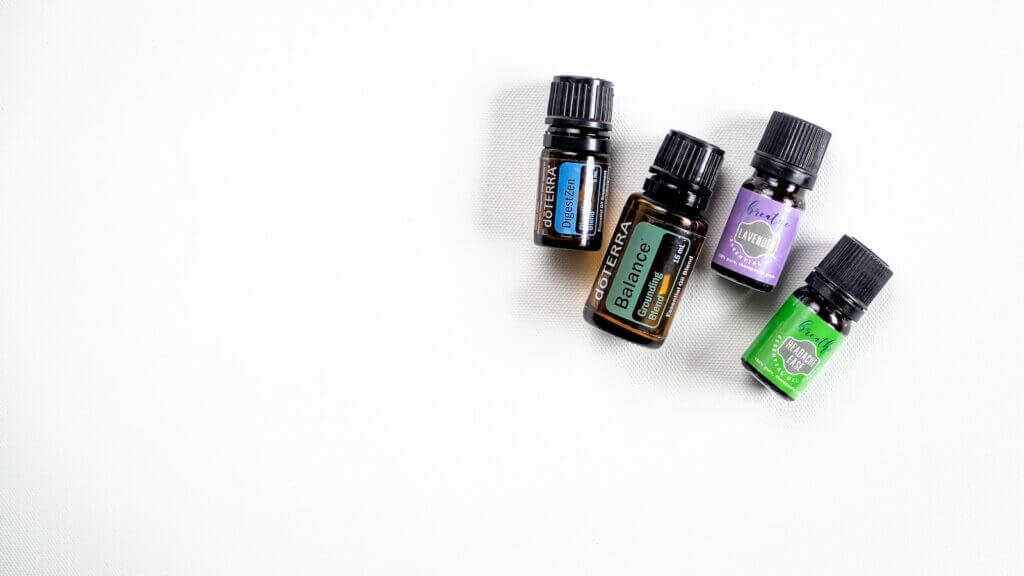
Lavender Oil
Lavender oil is not only known for its beautiful scent but also for its ability to repel bees and wasps. The strong aroma of lavender oil acts as a natural deterrent for these buzzing insects. The scent is pleasant to humans but repels bees and wasps due to their sensitive olfactory receptors.
To use lavender oil as a bee and wasp repellent, you can create your own spray by diluting a few drops of lavender oil in water. Simply mix the two ingredients together in a spray bottle and apply it to areas where bees and wasps are commonly found, such as outdoor seating areas or near garbage cans. The smell of lavender will help keep these insects at bay, allowing you to enjoy your outdoor activities without the constant worry of being stung.
Another way to utilize lavender oil is by placing a few drops on a cotton ball and leaving it in areas where bees and wasps tend to gather. This can be particularly effective if you have a problem with these insects near your windows or doors. The strong scent of lavender will deter them from entering your home, providing you with peace of mind.
Tea Tree Oil
Tea tree oil, also known as melaleuca oil, is another essential oil that can be used as a bee and wasp repellent. It is derived from the leaves of the tea tree plant, which is native to Australia. Tea tree oil has many beneficial properties, including its ability to repel insects.
To use tea tree oil as a bee and wasp repellent, you can create a spray by mixing a few drops of tea tree oil with water in a spray bottle. Shake the bottle well to ensure the oil is evenly distributed in the water. Spray this mixture around areas where bees and wasps are present, such as outdoor picnic areas or near hives. The strong smell of tea tree oil will discourage these insects from getting too close.
Alternatively, you can apply a few drops of undiluted tea tree oil onto cotton balls and place them strategically near windows, doors, or other entry points for bees and wasps. This will create a barrier that these insects are reluctant to cross, keeping them outside where they belong.
Lemongrass Oil
Lemongrass oil is a popular essential oil that is widely used for its refreshing scent. It also happens to be an effective natural repellent for bees and wasps. The strong citrusy aroma of lemongrass oil is highly disliked by these insects, making it an excellent choice for keeping them away from your outdoor spaces.
To utilize lemongrass oil as a bee and wasp repellent, you can create a spray by combining a few drops of the oil with water in a spray bottle. Shake the bottle well to ensure the oil is well mixed with the water. Spray this mixture around areas where bees and wasps tend to congregate, such as porches, patios, or picnic areas. The scent of lemongrass will act as a deterrent, preventing these insects from bothering you and your guests.
Another method is to soak cotton balls in undiluted lemongrass oil and place them strategically in areas where bees and wasps are a common nuisance. This will create a barrier that these insects are reluctant to cross, providing you with a bee and wasp-free environment.
Remember, it’s important to test a small area before applying essential oils to a larger surface, as some individuals may have allergies or sensitivities. Additionally, essential oils may need to be reapplied periodically to maintain their effectiveness. With these considerations in mind, you can confidently make use of essential oils as bee and wasp repellents in your daily life.
Homemade Bee and Wasp Repellents
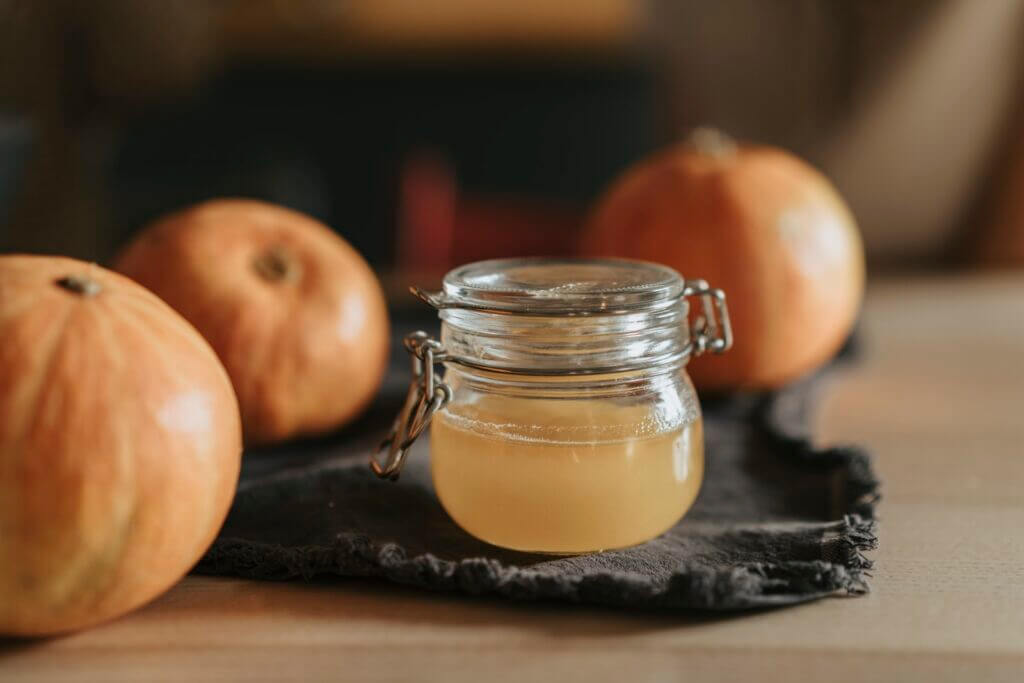
Vinegar and Water Solution
One effective homemade bee and wasp repellent that you can easily make at home is a vinegar and water solution. Vinegar is known for its strong scent, which can deter bees and wasps from coming near. To make this repellent, simply mix equal parts of white vinegar and water in a spray bottle. Shake well to ensure they are thoroughly combined.
When using the vinegar and water solution, it’s important to apply it to areas where bees and wasps are likely to build nests or frequent. Spray the solution around doorways, windows, outdoor dining areas, and any other areas where you want to keep these buzzing insects away. You can also spray it directly on the nests to discourage them from staying.
Garlic Spray
Another effective homemade bee and wasp repellent is garlic spray. Bees and wasps are repelled by the strong scent of garlic, making this a natural and safe option for keeping them at bay. To make garlic spray, you’ll need a few cloves of garlic and water.
Start by crushing the garlic cloves and placing them in a bowl. Add water and let the mixture sit for a few hours to allow the garlic to infuse into the water. Afterward, strain the mixture and transfer it into a spray bottle. You can now use this garlic spray to target areas where bees and wasps are commonly found.
Spray the garlic solution around your outdoor living spaces, plants, and any other areas where bees and wasps are a nuisance. Be sure to reapply the spray every few days or after rain to maintain its effectiveness. The strong odor of garlic will act as a barrier, deterring these insects from approaching.
Cucumber Peel
Did you know that cucumber peels can also be used as a homemade bee and wasp repellent? The scent of cucumber peels is unappealing to these insects, making it an effective natural deterrent. This method is not only easy but also environmentally friendly.
To use cucumber peels as a repellent, simply save the peels from the cucumbers you eat. Place the peels in areas frequented by bees and wasps, such as outdoor dining areas or near their nests. The scent released by the cucumber peels will discourage these insects from approaching, helping you enjoy your outdoor space without the annoyance and potential stings.
Keep in mind that cucumber peels will need to be replaced regularly as they dry out and lose their scent. Be proactive in replacing them to ensure the repellent remains effective.
Plants that Repel Bees and Wasps
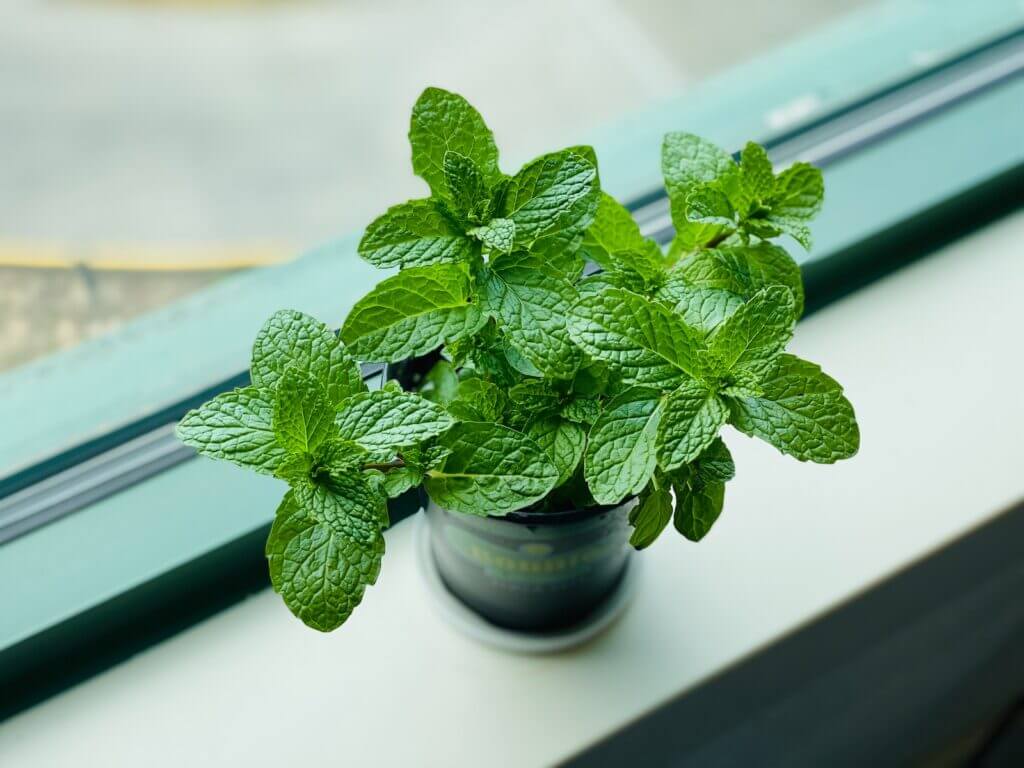
Mint
Mint is not only a popular herb used in cooking and tea, but it is also known for its ability to repel bees and wasps. The strong scent of mint plants acts as a natural deterrent for these stinging insects. Simply planting mint around your outdoor living spaces, such as patios or picnic areas, can help keep bees and wasps at bay.
One of the reasons mint is effective in repelling bees and wasps is due to its high content of essential oils. These oils produce a strong aroma that bees and wasps find unpleasant, causing them to seek out alternative areas for foraging or nesting. The specific compounds in mint, such as menthol, limonene, and pulegone, contribute to its repellent properties.
To make the most of mint as a natural repellent, you can crush the leaves to release more of its scent. This can be done by gently rubbing the leaves between your fingers or even placing a few crushed leaves in a bowl near windows or doors. The strong aroma will help deter bees and wasps from entering your home or outdoor gathering spaces.
Marigold
Marigolds are not only beautiful flowers that add color to your garden, but they can also serve as effective for bees and wasps. These vibrant blooms contain compounds that emit a scent that bees and wasps find unappealing, making them less likely to linger or build nests in the vicinity.
The strong aroma of marigolds is attributed to the presence of pyrethrum, a natural insecticide found in the flowers. This compound not only repels bees and wasps but also other unwanted garden pests. By planting marigolds in your garden or near outdoor seating areas, you can create a barrier that helps keep these stinging insects away.
Marigolds are easy to grow and require minimal maintenance, making them a practical choice for repelling bees and wasps. They thrive in full sun and well-drained soil, and their vibrant flowers can add a touch of beauty to any outdoor space. Consider planting marigolds in pots or containers near entry points to your home or in areas where bees and wasps are commonly seen.
Basil
Basil, a culinary herb known for its distinct aroma and flavor, can also serve as an effective repellent for bees and wasps. The strong scent of basil plants is believed to be a natural deterrent for these stinging insects. By planting basil in your garden or placing potted basil plants near outdoor gathering areas, you can help prevent bees and wasps from becoming a nuisance.
The volatile oils present in basil, such as eugenol and linalool, contribute to its repellent properties. These oils produce a strong aroma that bees and wasps find unpleasant and avoid. Additionally, the presence of basil in your garden can also attract beneficial insects like butterflies and bees, which can aid in pollination.
Basil is a versatile herb that can be easily incorporated into your cooking or used as a natural repellent. You can crush the leaves to release more of its scent or even make a homemade basil spray by steeping basil leaves in water and using the solution to spray around outdoor areas. This will help create a barrier that deters bees and wasps from invading your space.
Commercial Bee and Wasp Repellents
When it comes to effectively repelling bees and wasps, commercial repellents can be a convenient and reliable option. These repellents are specifically formulated to deter these stinging insects from approaching you or your outdoor space. In this section, we will explore three types of commercial bee and wasp repellents: DEET-based repellents, picaridin-based repellents, and permethrin-based repellents.
DEET-based Repellents
DEET (N,N-diethyl-meta-toluamide) is a common active ingredient found in many insect repellents, including those designed to repel bees and wasps. It is highly effective in repelling a wide range of insects, including mosquitoes, ticks, and flies. DEET works by interfering with the insects’ ability to detect human scent, making it harder for them to locate and land on you.
One of the advantages of DEET-based repellents is their long-lasting protection. They can provide up to several hours of protection, depending on the concentration of DEET in the product. Higher concentrations typically offer longer-lasting protection but may also be associated with a stronger odor and potential skin irritation.
It is important to note that DEET-based repellents should be used with caution, especially on children. The American Academy of Pediatrics recommends avoiding the use of DEET on infants younger than two months old and using products with a DEET concentration of 30% or less on older children. It is also advisable to avoid applying DEET-based repellents on open wounds, cuts, or irritated skin.
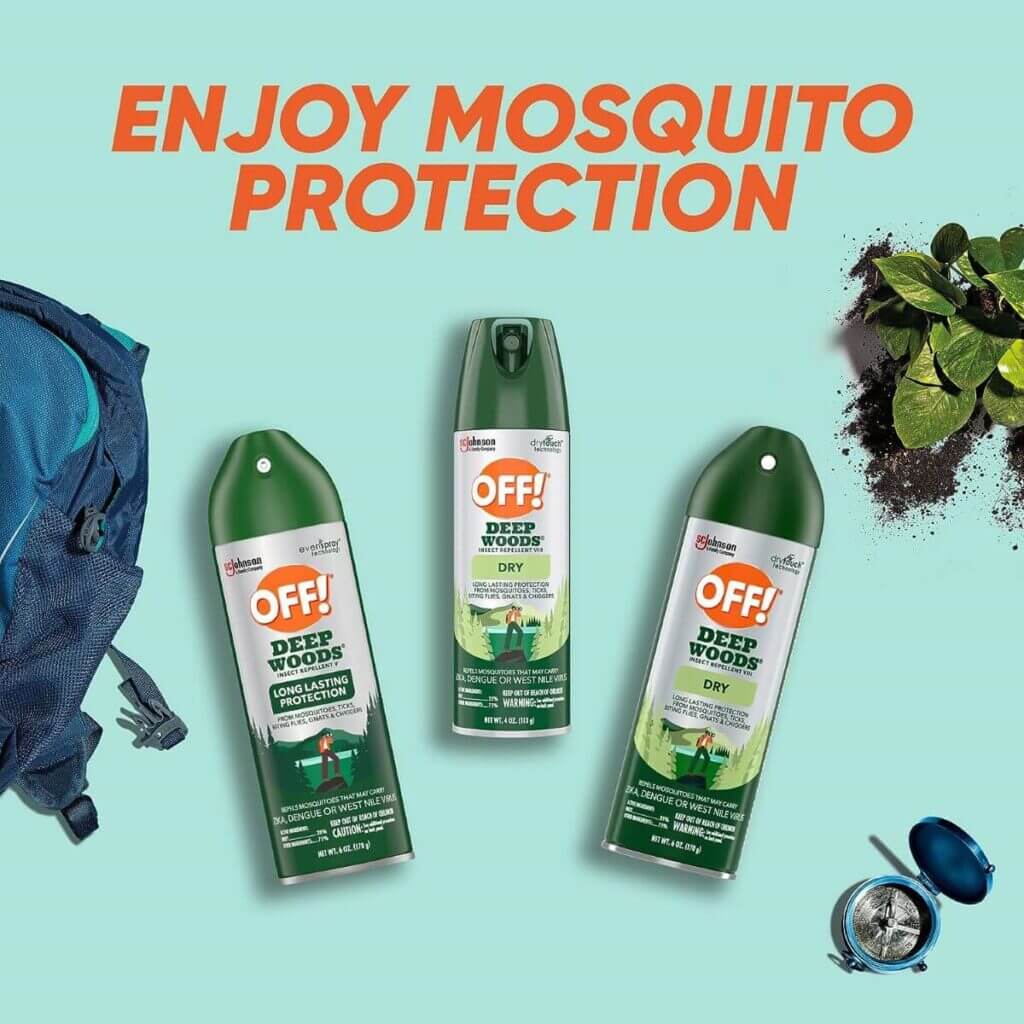
Picaridin-based Repellents
Picaridin is another active ingredient commonly used in bee and wasp repellents. It is a synthetic compound that mimics the natural repellent properties found in the black pepper plant. Picaridin is effective against a variety of insects, including bees, wasps, mosquitoes, and ticks.
Picaridin-based repellents have gained popularity due to their pleasant odor, non-greasy feel, and lower risk of skin irritation compared to DEET-based products. They provide effective protection against stinging insects and offer a viable alternative for those who prefer a more natural-based repellent.
Similar to DEET, the concentration of picaridin in a repellent determines its duration of protection. Higher concentrations generally offer longer-lasting protection, but lower concentrations can still provide effective results for shorter periods. It is advisable to follow the instructions on the product label for the recommended application frequency.
Permethrin-based Repellents
Permethrin is an insecticide commonly used in outdoor clothing, gear, and fabric treatments to repel and kill insects, including bees and wasps. Unlike DEET and picaridin, permethrin is not applied directly to the skin but rather to clothing, tents, or other fabric surfaces.
Permethrin-based repellents work by disrupting the nervous system of insects upon contact. When applied to clothing or gear, they create a barrier that repels and kills insects, providing an extra layer of protection. This is particularly useful in areas with high bee and wasp activity, such as camping or hiking locations.
It is important to note that permethrin-treated clothing and gear should be used according to the manufacturer’s instructions. The effectiveness of permethrin can diminish over time and with repeated washings, so reapplication may be necessary. It is also important to avoid direct skin contact with permethrin-treated surfaces.
Please note: The information provided here is for reference purposes only. Always read and follow the instructions on the product label for the most accurate and up-to-date information regarding the use of commercial bee and wasp repellents.
